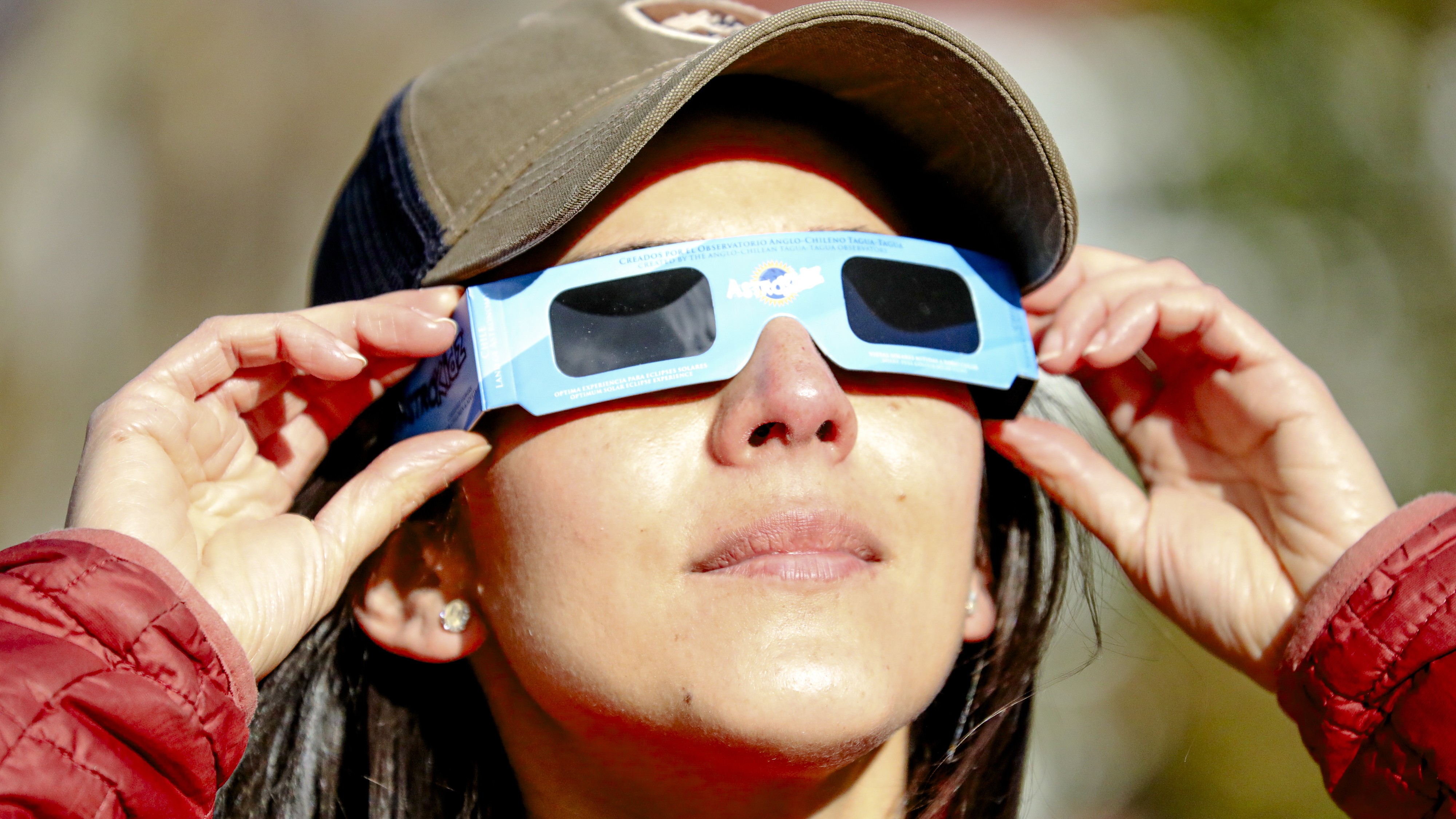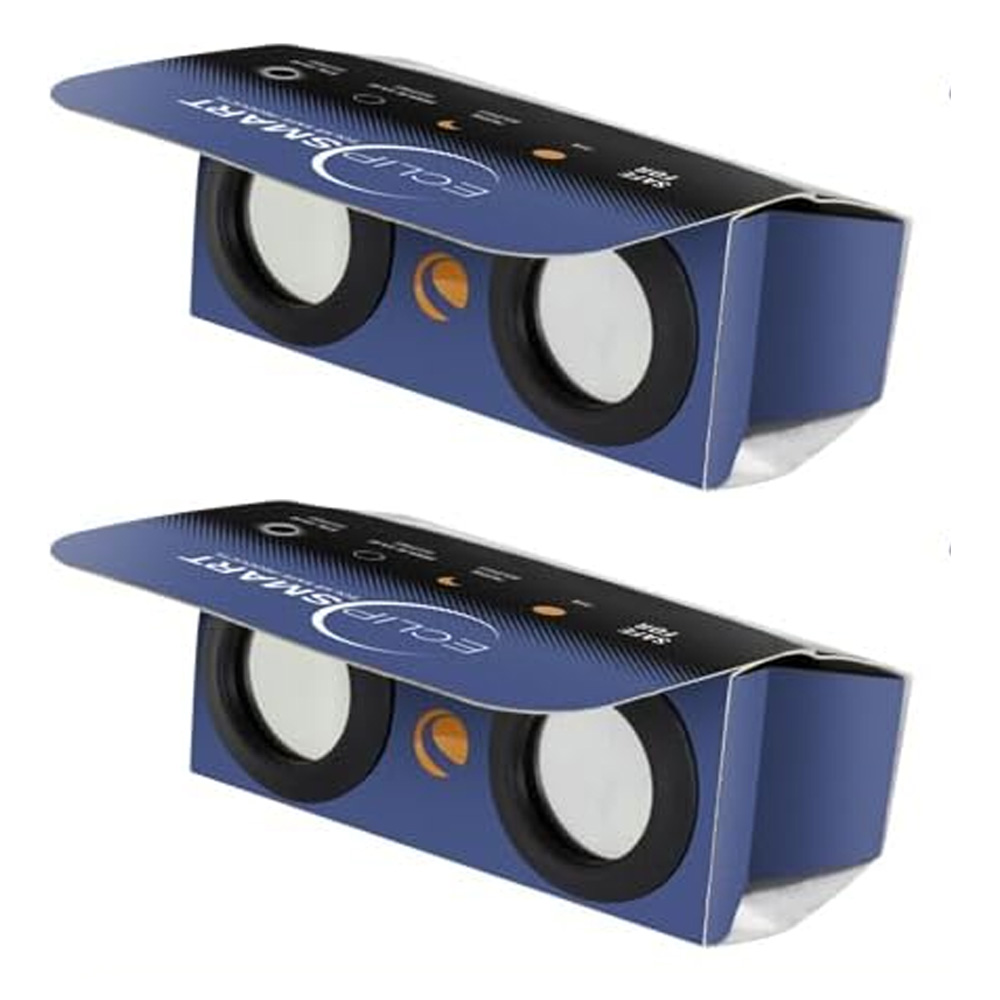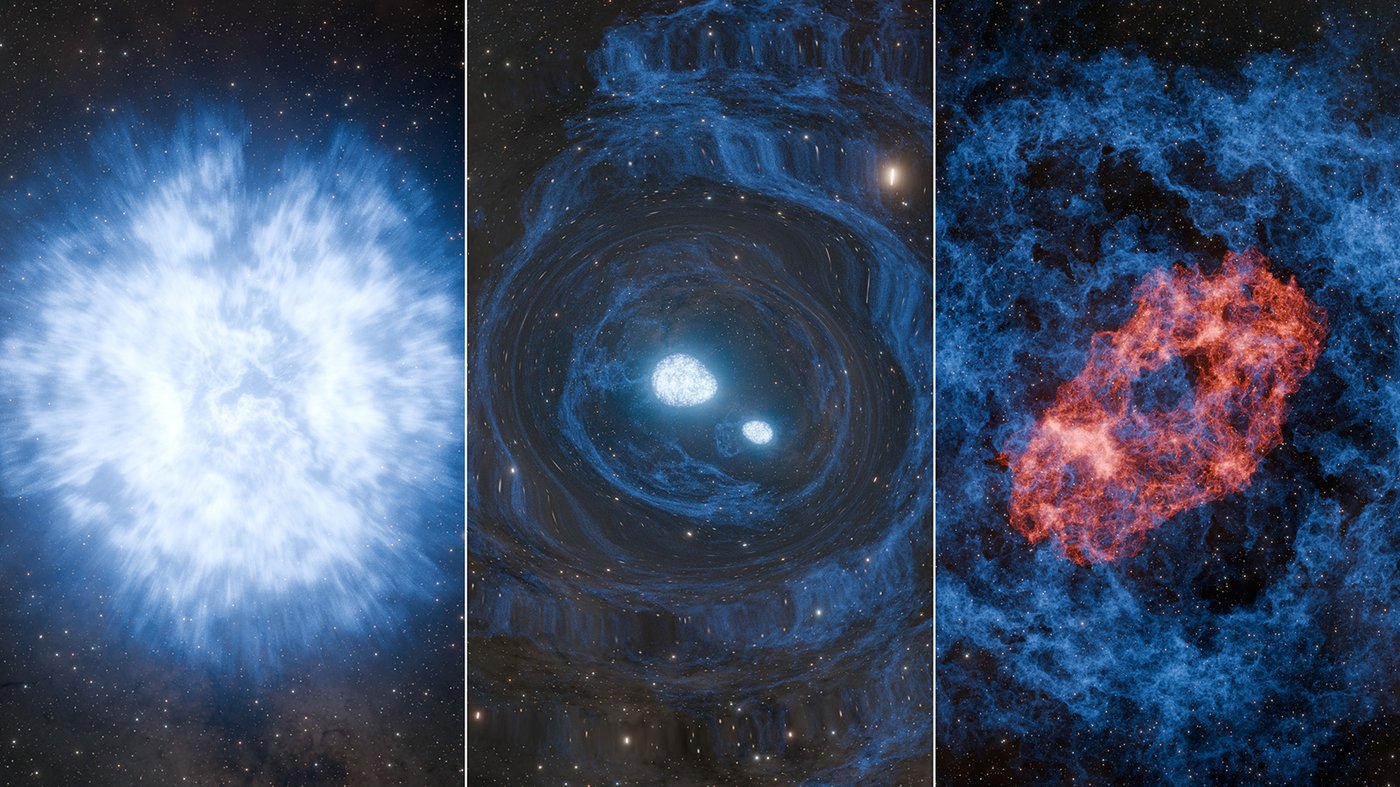Solar eclipse glasses: Where to buy a safe, certified pair before the March 29 eclipse
You MUST wear protective eyewear to view a partial solar eclipse like the one coming to North American on March 29. Here's how to find a pair of certified solar eclipse glasses from an approved vendor.

On March 29, 2025, a partial solar eclipse will be visible over parts of North America and Europe, with up to 93% of the sun's disk blocked by the new moon.
Even with so much of our star covered up, it is NEVER safe to look at a partial solar eclipse without proper protective equipment; to enjoy this celestial spectacle, you must wear a pair of certified solar eclipse glasses at all times, or otherwise use a solar filtered telescope or binoculars.
Failure to do so could risk permanent eye damage.

Not only do the Celestron EclipSmart Power Viewers safely protect your eyes when looking at the sun, you'll also get a closer view thanks to their 2x magnification.
"Viewing any part of the bright Sun through a camera lens, binoculars, or a telescope without a special-purpose solar filter secured over the front of the optics will instantly cause severe eye injury," according to NASA. Prior studies have shown that solar-induced eye damage can for last hours, weeks, or even decades.
NASA adds that the only safe way to watch the partial phase of an eclipse is through a pair of approved solar eclipse glasses, or by viewing the eclipse indirectly with the help of a pinhole camera, kitchen colander or a well-placed disco ball.
Finding a pair of quality solar eclipse glasses is easy, but you have to know what you're looking for, and be prepared to avoid common scams. You can also reuse any glasses you picked up for last year's "Great American Eclipse", as long as they aren't visibly scratched or damaged.
Here's everything you need to know about getting a pair of certified solar eclipse glasses before March 29.
Get the world’s most fascinating discoveries delivered straight to your inbox.
Where to buy approved solar eclipse glasses
When buying solar eclipse glasses, the most important thing is to choose a pair that has been approved as safe by the American Astronomical Society (AAS), which tests and evaluates solar filters based on an international safety standard called ISO 12312-2.
You can view the AAS' list of approved eclipse glasses brands, including online vendors that resell those brands, on their official website, linked above. The list includes popular eclipse glasses manufacturers such as Lunt Solar Systems, American Paper Optics, Alpine Astronomical and many others that still have supplies in stock and offer express shipping.
You'll notice that the AAS doesn't share any links to Amazon, eBay or other online marketplaces. That's because, "in the weeks leading up to the August 2017 U.S. solar eclipse, such sites hosted numerous sellers of eclipse glasses and other solar viewers that had not been properly tested and shown to be safe," according to the AAS.
Therefore, it's best to buy directly from an approved company.
- Amazon: Celestron: solar eclipse glasses
- Walmart: Smartphone filters, solar glasses
- Best Buy: Solar gear: Telescopes, binoculars and solar viewers
- Target: Solar eclipse glasses
- B&H: Solar observing gear
Counterfeit solar eclipse glasses: red flags to watch for
To avoid buying counterfeit or unsafe eclipse glasses when you're shopping through Amazon, make sure that the seller's name is identified on the site and that the same seller's name is one of the approved brands listed on the AAS page. A potential red flag to watch for is glasses marked as "NASA approved"; NASA does not approve any third-party products, so seeing this supposed selling point on an Amazon vendor's page can indicate the glasses are untested, according to the AAS.
When your glasses arrive, look for an ISO logo printed on the side (it may be on the interior or exterior of the frames). If there is no ISO logo clearly displayed, that's a sign that your glasses are an uncertified counterfeit, and not safe to use.
Also be sure to test your solar eclipse glasses at home before looking at the sun. Look at a bright source of light in your house, like a lamp, to see whether the solar filters successfully reduce the light to a dim ember. If they don't, your glasses may not be safe for use during the eclipse.
Buying glasses in-person
If you'd prefer to buy a pair of approved eclipse glasses in person, the AAS recommends stopping by a Home Depot, Lowe's or Walmart to check if they have any in stock. (Some, but not all, locations sell ISO-approved eclipse glasses, according to the AAS.)
Can you reuse solar eclipse glasses?
If you bought approved solar eclipse glasses to view the total solar eclipse in April 2024, then you can safely reuse them this March --- so long as the filters do not have any visible scratches, punctures, or tears, according to NASA.
"Always inspect your eclipse glasses or handheld viewer before use; if torn, scratched, or otherwise damaged, discard the device," NASA advises.
Are sunglasses good enough?
One final, important note: Solar eclipse glasses are NOT the same as sunglasses, and cannot be used interchangeably.
While sunglasses allow about 10% to 20% of daylight into your eyes, approved solar eclipse filters are typically 100,000 times darker, according to Live Science's sister site Space.com. Do not make the mistake of staring at the sun without the proper, safety-tested eyewear; you could regret it for years.
This article was updated on March 18, 2025, to include information about the upcoming March 29 partial solar eclipse.

Brandon is the space / physics editor at Live Science. With more than 20 years of editorial experience, his writing has appeared in The Washington Post, Reader's Digest, CBS.com, the Richard Dawkins Foundation website and other outlets. He holds a bachelor's degree in creative writing from the University of Arizona, with minors in journalism and media arts. His interests include black holes, asteroids and comets, and the search for extraterrestrial life.
You must confirm your public display name before commenting
Please logout and then login again, you will then be prompted to enter your display name.


